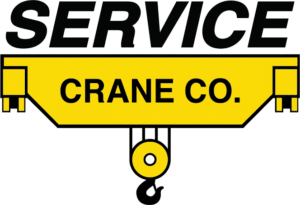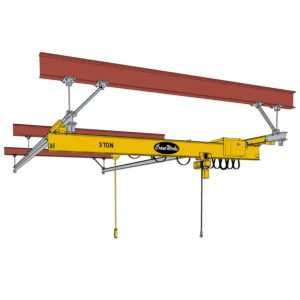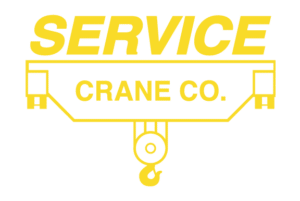UNDERHUNG CEILING-MOUNTED RUNWAY
Underhung ceiling-mounted runways feature overhead crane runways that attach directly to the ceiling or roof structure of a building. Ceiling-mounted workstation bridge cranes are directly bolted to the ceiling frame, trusses or hung from CraneWerks suspension rods or tube brackets. Custom support brackets are available for sloped and pitched ceilings. The traveling bridge of the underhung bridge crane is suspended under the runway track system.
Underhung ceiling mounted runway systems are extremely versatile and can be used to easily transfer loads from one bay to another with the use of transfer switches. Transfer switches also allow you to move loads via monorails to other work cells. In areas where hoisting is critical, transfer switches allow the hoist to be parked on hospital spurs for routine maintenance and a spare hoist waiting in the wing for emergency situations.
Features:
- Maximized use of valuable floor space
- Unobstructed material flow because crane runway is free of columns
- Multiple overhead cranes can be on the same runway to maximize use and flexibility of production spaces
- Uninterrupted load transfer from one building bay to the next
- Transfer switches allow the hoist and trolley to move from crane to crane or from a crane to a monorail spur
- Capacities normally vary between ½ and 15 Ton
- Up to 55 ft spans standard
- Unlimited runway lengths available
- Ships complete with runway electrification, assembly manual and hardware
- System drawings are supplied in CAD format
- Manufactured to AISIC specifications
- All runways are reviewed by a professional engineer
- Motorized and manual cranes are available
Patented Track for High Usage Applications and Wide Spans
Patented track crane runways are fabricated with a hardened lower flange to resist wear in high usage applications. Service Crane will customize a patented track runway for ceiling-supported spans of up to 100 feet oftentimes utilizing multiple runways. Patented track crane runways are commonly used in aircraft maintenance hangars and aerospace production facilities.
Vertical Load Support
While the building owner is responsible for determining whether their ceiling is properly sized to resist the forces that will be applied with this type of system, a qualified Service Crane engineer can provide consulting assistance to determine whether a building structure will support additional vertical loading required for ceiling-mounted workstation bridge crane systems


